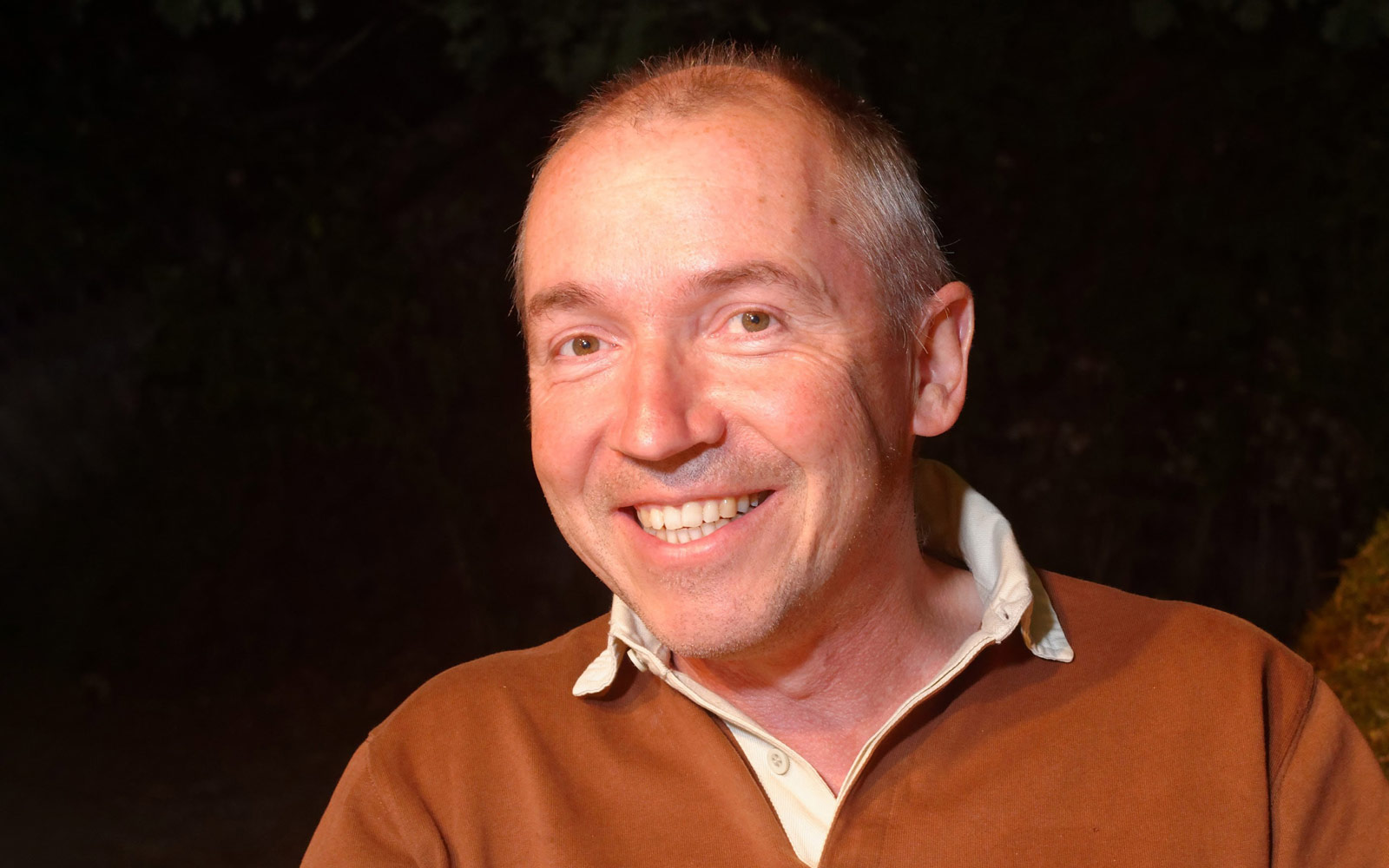“Portugal is a country of families but it is in the Netherlands where people age at home”

Ageing in place – Models and strategies for the autonomy, social participation and promotion of the wellbeing of elderly persons is the translation of the title of the new book coordinated by António Fonseca, the psychologist and specialist at the Research Centre on Human Development at the Catholic University of Oporto and consultant to the Gulbenkian Foundation on issues around active ageing. The book was launched on 5 July at the Gulbenkian Foundation.
What new aspect does this study bring to the table?
The previous work, Ageing in Place. Best Practices in Portugal, sought to show some of the best practices for Ageing in Place ongoing in the country. What is now under focus is decentralising the problem of supporting the elderly; moving on from seeing the institutional response as the only possible means and focusing on the provision of care in the communities where these people live and keeping them in their homes. This involves valuing the paradigm in which the best place to age is in our own homes even when we need support.
Therefore, does this study seek to show or to strengthen the idea that there are alternatives to institutionalisation?
It is strengthening this perspective, with theoretical justification, proposing a set of 12 dimensions that all need attention if we are aiming to keep people in their homes for as long as possible. And some examples show the will of many of the institutions involved (public, private, municipal, IPSS) and proposing solutions tailored to people.
If this will exists, why doesn’t this happen?
You get a greater impact from inaugurating an elderly person’s home than from distributing the money available for solutions over 10 or 12 years… The political will (and of many IPSS and municipal entities) is to have a home in every community, which is unsustainable. Today, we have two million people aged over 65; in 2030, there shall be almost three million. This is unsustainable. We have to shift our perspective to solutions in the community and see the institutional solution as a second line of support.
There is now a list of best practices. What results and what future consequences might this have?
The work that the Alzheimer Portugal Association has been doing is a good example of what might work. Prior to the appearance of this Association, the concern over dementia was only of a medical nature. The work that has been done shows us how persons with dementia and the carers that keep them in their homes may continue to have a life as close as possible to that they had prior to the appearance of dementia.
Today, it is unthinkable that there are limitations placed on the visually challenged or those requiring wheelchairs. Such would be considered civilisational backwardness. The work of the Alzheimer Association stands at the same level. However, cognitive incapacities are not treated as physical incapacities and instead get stigmatised.
Dementia is a very specific case…
There are other examples. In Coimbra, a mobility service was set up to link the upper and lower parts of the city so that the elderly might get around with greater ease. And in Pinhel, for example, there is a public transport service at a symbolic price that enables people in villages to get to the municipal capital. After all, in the town, a pack of Ben-u-ron might cost €1 while for the elderly in villages the price may rise up to €30 as they have to pay for the return trip by taxi to the pharmacy. The rural population clearly experiences a lack of services and there are many, many elderly persons living in the countryside. There is a need to create equal rights for these people.
However, there are other examples: solutions that take books to these communities, that facilitate the transport connections, provide basic or curative healthcare services and cultural and socialisation activities right in the homes of people. These are responses to the needs of people without them having to be institutionalised.
Do these also represent practices from other countries and what other ways do they deal with these issues “outside of here”?
Internationally, they are far more advanced in their residential solutions. Here, it’s from one extreme to another: either we live at home or in an institutional home. In the Netherlands, the United Kingdom, Denmark, there are intermediate solutions based on co-housing or co-living, residences in which the inhabitants share services. These are not assisted residences. Here, there are common rules but the residents are responsible for managing the space. In Denmark, these are supported and sustained by the local Social Security representatives.
Is this a type of halls, university residence style?
However, instead of students, these are for more elderly people. Some institutions have sought to provide solutions of this type in Portugal but it’s been difficult to provide for their justification to the social security authorities.
Has progress not been advancing so well?
We have moved on from a logic of “everybody at home” (half a century ago, everybody died at home) to one of “everybody in the institution”. There are villages in Portugal where there are as many elderly at home as in there are in institutional homes. Domestic support only appeared at a later phase.
However, the message is not now “we’re going to do everything different”. It is about putting on the table the option for ageing at home whenever it is possible to maintain them safely and well. This is the natural way of ageing.
What has happened over the last half-century?
Families have begun to go missing. Firstly, it was due to emigration in the 1950s and 1960s; afterwards, there were internal mobility changes; now, with the shrinkage in the size of families. We are supposedly the country of family but in the Netherlands some 95% of people age at home.
